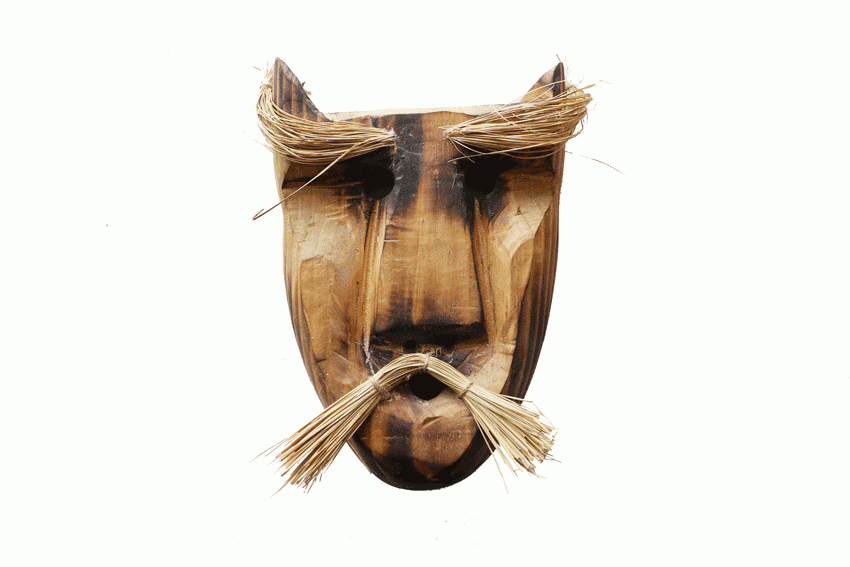ArtReview sent a questionnaire to artists and curators exhibiting in and curating the various national pavilions of the 2017 Venice Biennale, the responses to which will be published daily in the lead-up to the Venice Biennale opening (13 May – 26 November).
Bernardo Oyarzún is representing Chile. The pavilion is in the Arsenale.
What can you tell us about your exhibition plans for Venice?
Formally, it is an ancestral Mapuche installation with a high mythical ritual content and contemporary components with high epic and historic content, both combined to stage the Mapuche subject.
How is making a show for the Venice Biennale different to preparing a ‘normal’ exhibition? Or another biennial?
I do not feel more pressured than other exhibitions, I mean other biennales, even understanding the relevance of this event in the artworld. The higher tensions have come from other sides.
There are a huge number of biennial exhibitions across the world nowadays. Do you think the Venice Biennale still has a special status, and why?
Yes it has, it has not yet diminished its importance despite the competition and the number of other biennials in the world. I believe it influences the history, the environment and the context in which it develops, which generates other attractions that add to the specific event. The biennials fluctuate with many variables, the interference in art and its speech vary greatly from one event to another either by its curatorial narrative or the artists, a typical characteristic of the political environment of any artistic event. In fact, everything that is criticized boils down to that.
What does it mean to ‘represent’ your country? Do you find it an honour or is it problematic?
I do not feel that way, it seems like a sort of nationalistic world competition but I have not taken it that way, urgencies and representations go elsewhere. Also, the honour for me will be the opportunity to see works from all over the world and meet other people.
The Venice audience is a diverse group. Who is most important to you? The artist peers, the gallerists, curators and critics concentrated around the opening, or the general public which visits in the months that follow?
I have no stratifications of public and it must be because I do not have greater anxiety that someone special sees the work.
How does a having a pavilion in Venice make a difference to the art scene in your home country?
It is less marginal, which in fact means less invisible. In the local scene, I think that provokes or excites the owners of art galleries more and encourages that part of the market that is a little dead in Chile. For the artist, it allows to deploy a more forceful work, in format I mean.
You’ll no doubt be very busy, but what else are you looking forward to seeing?
I am waiting for what I always want to see in a biennial, at least one work that is impressive for some unsuspected reason, that is always very good and worth the trip.
27 April 2017
